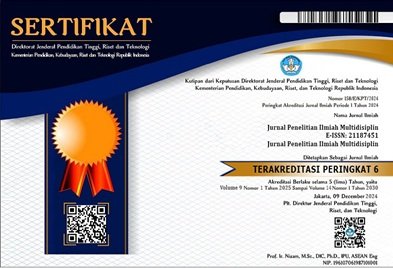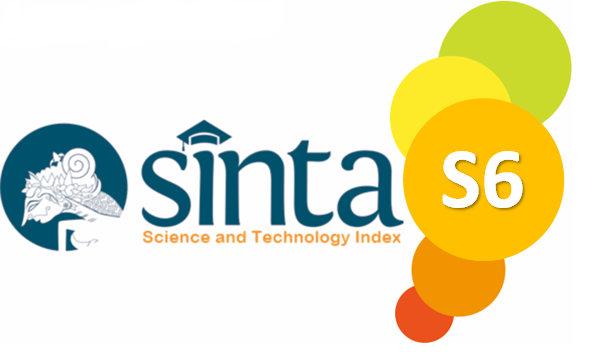ANALISIS CACAT KAIN RAYON VISKOSA 100% MENGGUNAKAN METODE STATISTICAL QUALITY CONTROL (SQC) (ANALYSIS OF DEFECTS IN 100% VISCOSE RAYON FABRIC USING THE STATISTICAL QUALITY CONTROL (SQC) METHOD)
Kata Kunci:
Pengendalian Mutu, Cacat Kain, Diagram FishboneAbstrak
ABSTRAK
Sistem pengendalian mutu produk yang baik dan tepat dapat menjaga kualitas produk agar sesuai dengan standar yang telah ditetapkan oleh perusahaan. Kain yang di produksi di PT X masih memiliki kendala yaitu adanya cacat produk yang melampaui batas toleransi maksimal produk cacat yang telah ditetapkan perusahan yaitu sebesar 2%. Jenis cacat kain yang sering terjadi diantaranya warna tidak ok (WTO), crease mark dan kotor warna pada kain, sehingga perlu dilakukan analisis untuk pengendalian mutu produk pada tiap prosesnya dengan menggunakan metode pengendalian mutu statistik (statistical quality control). Pengendalian mutu statistik dapat mendeteksi adanya penyebab khusus dalam variasi atau kesalahan proses melalui analisis data dari masa lalu maupun masa mendatang dengan cara mencari penyebab kerusakan ataupun cacat produk melalui data yang ada. Berdasarkan hasil peta kendali p (p-chart) ditemukan bahwa kualitas kain rayon viskosa 100% banyak yang berada diluar batas kendali yang seharusnya, dengan ditunjukkan masih adanya titik-titik yang berada diluar batas kendali dan titik tersebut berfluktuasi sangat tinggi dan tidak beraturan. Hal ini merupakan indikasi bahwa proses berada dalam keadaan tidak terkendali atau masih mengalami penyimpangan. Selanjutnya hasil analisis diagram sebab akibat (fishbone) dapat diketahui faktor penyebab cacat dalam proses produksi, yaitu berasal dari faktor pekerja, mesin produksi, metode kerja, dan dyestuff/material. Adanya data hasil pengendalian mutu statistik tersebut, maka dengan cepat dapat dilakukan perbaikan agar kesalahan yang sama tidak terulang kembali.
ABSTRACT
A good and appropriate product quality control system can maintain product quality in accordance with the standards set by the company. Fabrics produced at PT X still has problems, namely the existence of product defects that exceed the maximum tolerance limit for defective products that have been set by the company, which is 2%. Types of fabric defects that often occur include color not ok (WTO), spot defects, crease marks and dirty color, so it is necessary to do an analysis for product quality control in each process using statistical quality control methods. ). Statistical quality control can detect the existence of special causes in variations or process errors through analysis of data from the past and the future by finding the cause of damage or product defects through existing data. Based on the results of the p control chart (p-chart) it was found that the quality of 100% viscose rayon fabric was outside the control limit, it was shown that there were still points that were outside the control limit and these points fluctuated very high and irregularly. This is an indication that the process is in an uncontrolled state or is still experiencing deviations. Furthermore, the results of the causal diagram analysis can identify the factors that cause defects in the production process, which are derived from factors of workers, production machines, work methods, and dyestuff/material. The data from the statistical quality control results can be quickly corrected so that the same mistakes do not happen again.





